Situational analysis components
von blessing mpumelelo


1. Definition:
1.1. thorough investigation into social context
1.2. Overall view of the area to be covered. Intensive analysis of the determinants .
1.3. Programmatic needs
2. Situational analysis is conducted during exploratory stage of curriculum development
3. Purpose
3.1. Provide the necessary data and information
3.2. Detemine current healthcare needs
3.3. To test the ideas of health sciences educators
3.4. enhance immediate and future relevance of the curriculum
4. Determinents of a curriculum
4.1. Community: Values ,issues needs and demands . Broad social and cultural realities and tendencies
4.2. Subjects discipline: analysis of the didactic demands and exploration of the subject discipline
4.3. learner: nature, educational needs and demands of learners
5. Sources of data
5.1. electronic and printed sources
5.2. statistical reports and publications
6. Data-gathering techniques
6.1. Document analysis
6.2. Asking people directly:sending out questionnaires, conducting interview
6.3. public forum and brainstorming session
6.4. observation
7. Required data and information
7.1. External factors
7.2. Community issues: constitutional environment, statutory environment, political environment, economic environment, technological environment and demographic trends
7.3. Community issues: Constitutional environment, statutory environment, political environment, economic environment, technological environment and demographic trends
7.4. Learner issues; general educational environment and professional educational environment
7.5. Internal factors:
7.6. Educational ethos
7.7. Learner issues: learner profile, learner needs, past and current academics achievements and failures
7.8. Resources: material and human
7.9. existing curriculum
8. Interpreting the findings
8.1. SWOT analysis
8.1.1. strength: availability of qualified educators
8.1.2. Weaknesses: unavailability of contemporary publication and information-communication technologies
8.1.3. opportunities: changing healthcare needs and technological developments
8.1.4. Threats: brain drain is a threat to quality education.

